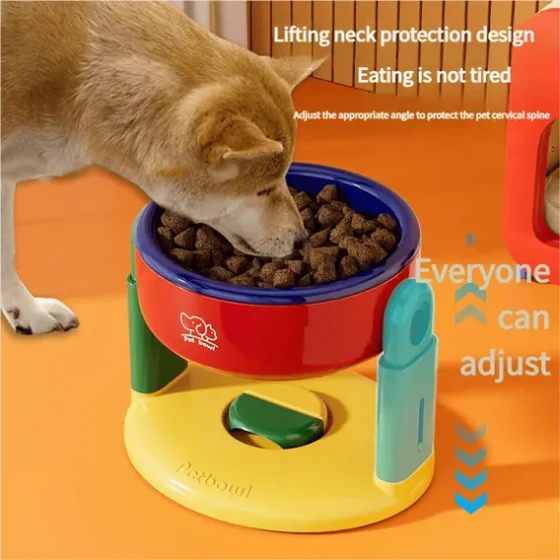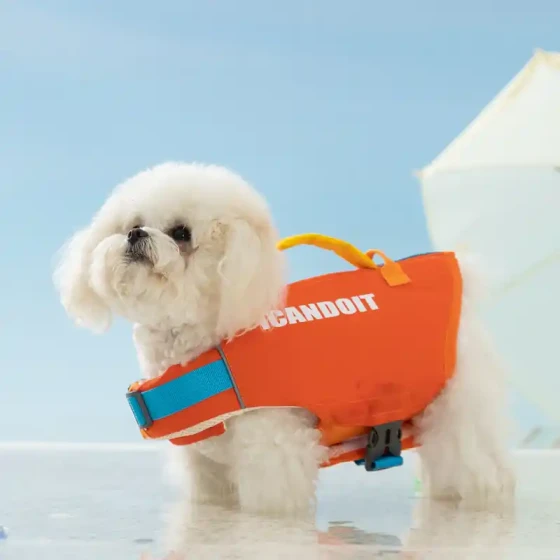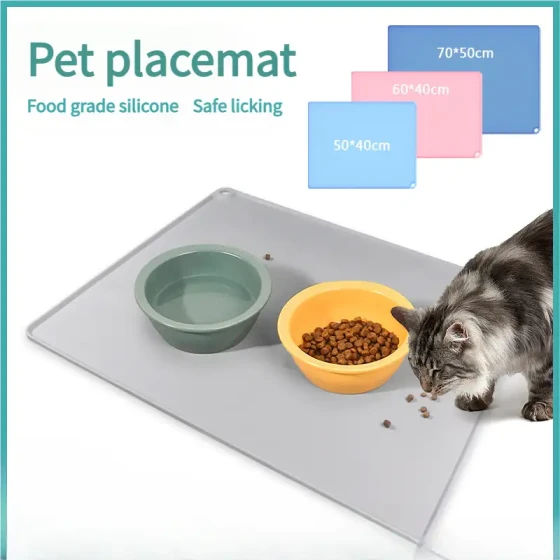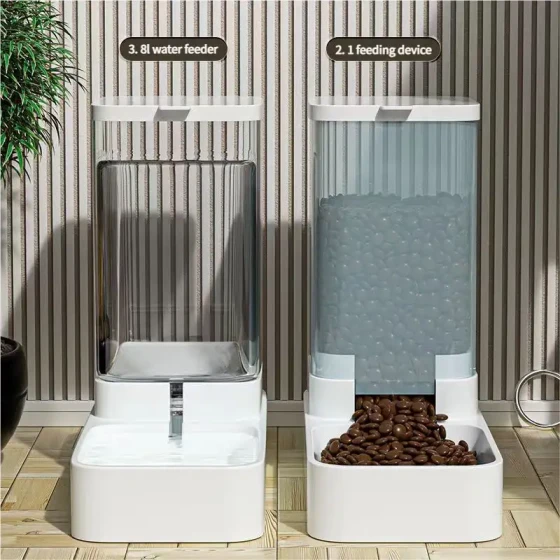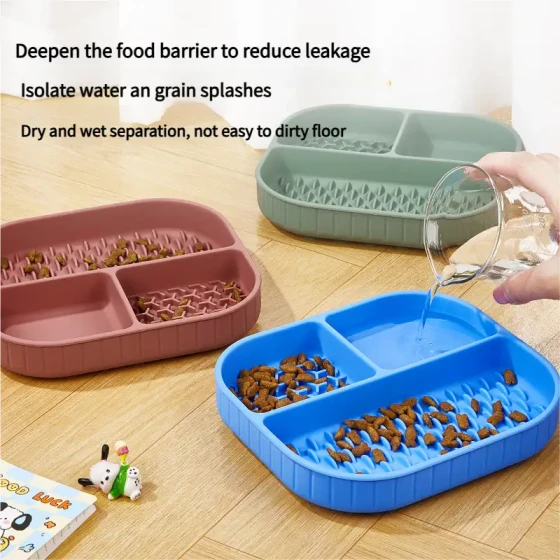Frisbee Dog Training Manual
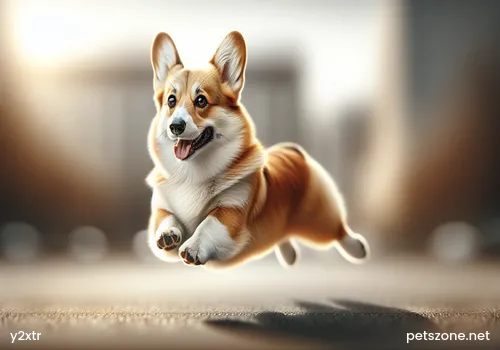
What is a frisbee dog? Is it a breed of dog? No, simply put, a frisbee dog is a dog that plays frisbee with its owner; more deeply, frisbee dogs involve the owner’s disc throwing skills, the dog’s catching skills, the tacit cooperation between the owner and the dog, as well as choreography levels — it is a comprehensive sport that includes many factors.
The benefits of training frisbee dogs are to strengthen communication between dog and owner, enhance affection, enrich both owner’s and dog’s life, exercise together, and attract admiring looks. When an owner just brings a puppy home that is only a few months old, potty habits and simple commands seem like tough challenges. Training a dog to become a frisbee dog feels like a distant goal. Like many enthusiasts, when I first saw a frisbee dog performance, I was amazed by the brilliant moves. While admiring these moves, I also wanted my own dog to display such skills. But how to train these moves? Through many years of exploration and practice, I compiled the experience of training frisbee dogs into this manual. I hope this manual can assist you in training your beloved dog from an ignorant puppy into a healthy and happy frisbee dog.
Training a frisbee dog is a step-by-step, gradual process. The training process mainly consists of the following levels:* Owner masters proper feeding methods, so the dog develops good living habits* Master basic communication and establish the owner’s position* Beginner frisbee dog training* Advanced difficult frisbee dog moves training* Smooth complete frisbee dog routinesSince advanced difficult moves and complete routines are based on each dog’s different conditions, this manual will introduce the beginner level frisbee dog training. If after the beginner training you want further training, please contact me. At the same time, I seriously say to all: every advanced move is built on a solid foundation. No matter how old your dog is when training starts, I recommend everyone follow these steps. At least it gives your dog potential to improve. Maybe you succeed in skipping steps and training a special move, but believe me, you will encounter problems later in training. Of course, geniuses do exist, and the world never lacks talents. If you have good training methods, I hope we can discuss them together. Progress is important, so are training methods.
Owner masters proper feeding methods for the dog to develop good living habits; since some readers are novice dog owners, here is a brief summary of feeding methods:1. Prepare a suitable crate for your dog and let the dog get used to sleeping in it. Some owners think confining dogs in crates is abuse, but dogs need their own nest. For example, whenever a dog gets something good, it takes it back to its nest. Dogs with crates will bring things back into the crate; dogs without crates may take things to the sofa or other places they often sleep. Thus, preparing a crate for the dog is necessary; this not only provides the dog with a nest but also helps form good habits, simplify daily care, and assist frisbee dog training, which will be explained later.2. Feed at regular times and fixed amounts Regular timed feeding develops a healthy body, good eating and potty habits, and increases affection between dog and owner, making the dog happy to see the owner.3. Play with the dog and ensure sufficient daily activity Appropriate exercise is especially important for puppies in their growth period. Proper exercise helps dogs absorb calcium from food and promotes muscle and bone development. Dogs with little exercise may suffer from muscle weakness and loose bone structure. Also, owners exercising dogs can enhance their bond, making the dog happy to see the owner. To quickly build a good relationship, it’s best for the same person to feed and play with the dog daily.
If you cannot provide your dog with a regular routine or more company, frisbee dog training will be just a joke to you. There’s always time; you just have to make it. Patience and care are indispensable attitudes. Let’s first talk about cultivating interest. Many friends said their dog has no interest at all in frisbees. Let’s look at it by dog age. Adult dogs rarely get involved, so adults here refer to young dogs within 1 year old. First, if you have a Border Collie and just expect it to play frisbee by throwing a frisbee at it, that’s nonsense. Interest must be cultivated. Today we say the first step is bonding. We have talked quite a lot about bonding. By now you and your dog have established a good relationship. The dog depends on you and is willing to respond to your call. Now you can assist with some props to start your frisbee dog training. For initial props I suggest soft items so dogs won’t get tired of biting, like plush toys or ropes and towels. Mops are not recommended! Movements should be gentle and slow; slowly wave the prop in front of the dog, very slowly.
The dog will first observe, then try to bite. Some problems may happen, such as the dog being interested in your hand and biting it. You must be patient; do not scold or hit. Patiently attract its interest to the slowly moving toy. Usually, your dog will soon start to tear the toy. Note: such initial training should only be done relatively quietly indoors, and other dogs in the house should not be nearby. Initial training is very important. When the dog bites and pulls the toy, you should play tug-of-war lightly and slowly, to avoid injuring the dog’s gums and teeth and to avoid scaring the dog with force. Tug-of-war should have winners and losers. At first you should win more—not by force winning but by using your hand to separate the dog’s jaws. Occasionally, let the dog win by grabbing the toy, but do not let the dog take the toy out of your sight. Gradually shift the wins to the dog. This process takes about 30 days or longer. Continually change props often; the only constant is softness.
-560x560.webp)
